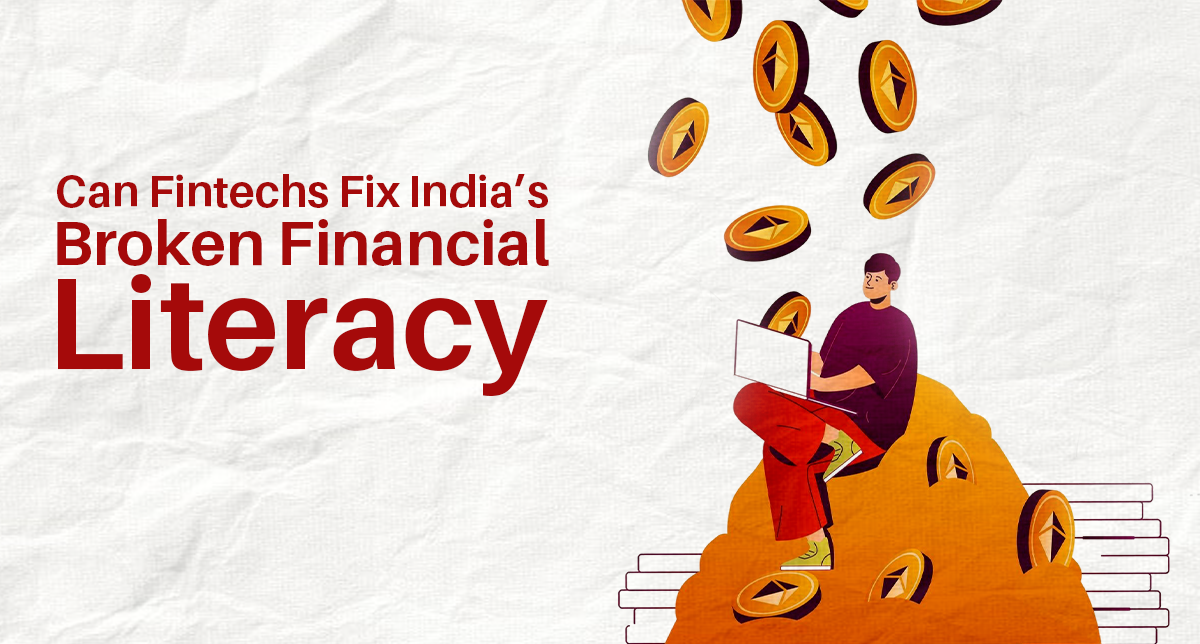Cashless Isn’t King Yet: What Fintechs Are Missing About Tier 2 & 3 India
The dream of a Cashless India dominates fintech conversations. With UPI crossing billions of transactions and startups scaling fast, it’s easy to believe cash has been dethroned. But step into a tier-2 or tier-3 town, and reality looks different. While awareness of digital payments is high, usage and trust lag far behind. For fintechs, this is both a challenge and a massive opportunity.
UPI Growth, But Uneven Habits
UPI’s rise is extraordinary from 375 crore transactions in 2018 to over 17,000 crore in 2024, accounting for 83% of India’s digital payment volume. A majority of new users now come from smaller cities. Yet, surveys show only 36% of rural consumers actively use digital payments. Merchants face a similar story, many have heard of the tech, but nearly half still don’t use it.
This mismatch highlights a key truth: national numbers can’t hide the daily dominance of cash outside metros. The Cashless India story is still incomplete.
Awareness ≠ Adoption
In tier-3 to tier-6 towns, around 40% of people use digital payments daily, but for non-users, 94% already know about them. The reasons they don’t use? Weak connectivity, low trust, complex onboarding, and KYC hurdles. For merchants, 46% point to lack of awareness, while one-third struggle with documentation during onboarding. These barriers stall the push toward a truly Cashless India.
RBI’s Infrastructure Push
To fix supply-side gaps, RBI’s Payments Infrastructure Development Fund (PIDF) has driven millions of new QR codes, PoS devices, and AePS touchpoints across underserved regions. By May 2025, over 4.7 crore digital touchpoints were deployed, supporting more than 65,000 crore transactions since FY20. Meanwhile, the RBI’s Digital Payments Index continues to climb, reflecting steady expansion even in small towns. These efforts lay the groundwork for Cashless India, but fintechs must address the demand side.
Credit as the Next Layer
Beyond payments, RBI’s Unified Lending Interface (ULI) aims to simplify credit for rural borrowers and MSMEs. By linking Aadhaar, land records, account aggregators, and telecom data, ULI can make lending as seamless as UPI made payments. For fintechs, this is a chance to embed loans, insurance, and savings directly into digital payment flows. Pairing payments with credit is critical for building real trust in Cashless India.
Why Cash Still Rules
Even with strong infrastructure, cash remains king for many reasons:
-
Trust: people value the tangibility of cash.
-
Connectivity: weak networks disrupt transactions.
-
Cost: onboarding devices and processes feel heavy for small merchants.
-
Culture: daily habits still lean on physical money.
Without tackling these structural and behavioral factors, the move towards Cashless India will stall.
The Fintech Playbook
To unlock smaller markets, fintechs need a new approach:
-
Frictionless onboarding: simple e-KYC and AEPS-based flows.
- Offline-first solutions: USSD, QR, UPI 123PAY, and soundbox payments.
-
Trust and incentives: cashback, zero MDR, and local agent support.
-
Credit integration: use ULI to bridge MSME and rural credit gaps.
Final Thought
UPI’s scale shows India is ready for digital finance, but adoption outside metros is uneven. RBI has laid the foundation with PIDF and ULI. Now fintechs must bring empathy, local trust, and offline-first innovation. A true Cashless India won’t arrive by default; it must be earned. For fintechs willing to design for small merchants, low-income consumers, and patchy connectivity, tier-2 and tier-3 India isn’t just a hurdle. It’s the next growth frontier.







